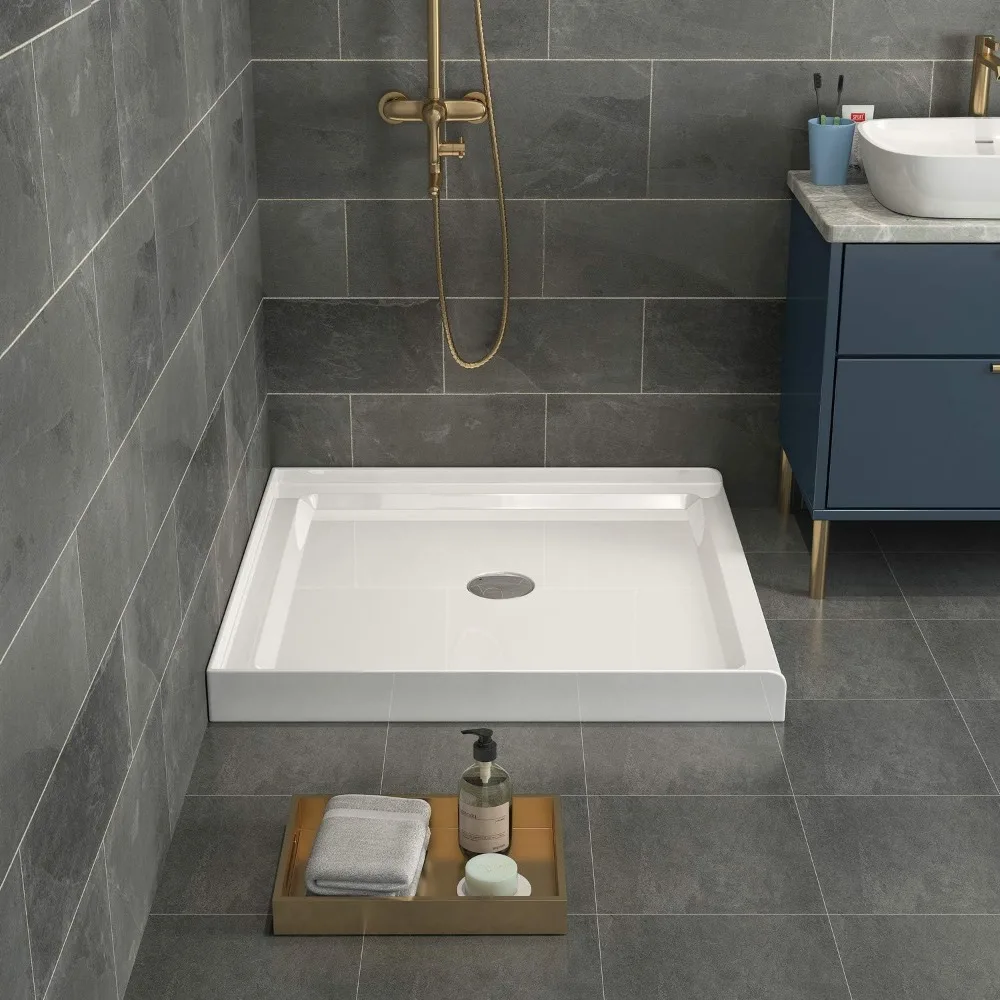 Introduction:
Introduction:
Toilets are an essential fixture in any home or public space, providing sanitation and convenience. There are various types of toilets available, each with its own design and functionality. In this comprehensive guide, we will explore different toilet types, discussing their features, advantages, and considerations. From the classic gravity flush toilets to modern water-saving options like dual-flush toilets, this guide will provide a comprehensive overview of the different types of toilets available in the market.
 Introduction to Toilet Types
Introduction to Toilet Types
Toilet types vary in design and functionality to suit different needs and preferences.
A. Importance of Toilet Selection: Choosing the right toilet type is crucial for comfort, water conservation, and efficient waste disposal.
B. Considerations: Factors such as space, plumbing setup, water efficiency, and personal preferences need to be considered when selecting a toilet type.
 Common materials used in toilet construction:
Common materials used in toilet construction:
Toilets can be made from various materials. Here are some common materials used in toilet construction:
Vitreous China:
Vitreous china is the most common material used for toilets. It is a type of ceramic that is coated with a layer of enamel. Vitreous china toilets are durable, easy to clean, and resistant to staining and scratching.
Porcelain:
Porcelain is another ceramic material used for toilets. It is similar to vitreous china but may have a slightly different composition. Porcelain toilets are known for their smooth, glossy finish and durability.
Stainless Steel:
Stainless steel toilets are often used in commercial or industrial settings. They are highly durable, resistant to corrosion, and easy to clean. Stainless steel toilets can withstand heavy use and are commonly found in public restrooms.
Plastic:
Some toilets are made from plastic materials, such as polypropylene or high-density polyethylene (HDPE). Plastic toilets are lightweight, affordable, and resistant to corrosion. They are commonly used in portable or temporary toilet applications.
Composite Materials:
There are also toilets made from composite materials, which are a combination of several materials bonded together. These materials can include fiberglass, resin, and various additives. Composite toilets offer a mix of durability, design flexibility, and sometimes lighter weight.
It’s important to note that while the materials used in toilet construction may vary, the functionality and performance of the toilet are influenced by factors such as the flushing mechanism, trapway design, and water efficiency. When choosing a toilet, it’s essential to consider not only the material but also the overall quality, comfort, and features that suit your specific needs and preferences.
 Gravity Flush Toilets
Gravity Flush Toilets
Gravity flush toilets are the most common and traditional type of toilets.
A. Flushing Mechanism: Gravity flush toilets rely on the force of gravity to move waste from the bowl to the drainage system, using water stored in the tank.
B. Advantages: Gravity flush toilets are simple, reliable, and easy to maintain, requiring minimal repair or replacement.
Pressure-Assisted Toilets
Pressure-assisted toilets use compressed air or water pressure to enhance flushing power.
A. Flushing Mechanism: Pressure-assisted toilets use either a pressure tank or specialized flushing devices to create a strong flushing action.
B. Benefits: Pressure-assisted toilets provide a more effective flush, reducing the likelihood of clogs and requiring less water per flush.
Dual-Flush Toilets
Dual-flush toilets offer the flexibility of choosing between different flushing options for liquid and solid waste.
A. Flushing Mechanism: Dual-flush toilets have two buttons or levers, allowing users to select a different flush volume depending on the waste type.
B. Water Efficiency: The dual-flush system helps conserve water by offering a lower flush volume for liquid waste and a higher flush volume for solid waste.
Composting Toilets
Composting toilets are a sustainable and water-free option for waste disposal.
A. Biological Process: Composting toilets use aerobic decomposition to break down waste into compost, eliminating the need for water-based flushing.
B. Advantages: Composting toilets reduce water consumption, are environmentally friendly, and can be used in areas without sewage infrastructure.
Wall-Mounted Toilets
Wall-mounted toilets are mounted to the wall, creating a sleek and streamlined aesthetic.
A. Space-Saving: Wall-mounted toilets offer increased floor space, making them popular choices for small bathrooms or modern designs.
B. Installation Considerations: Installing a wall-mounted toilet requires specialized plumbing and a strong wall structure for support.
Smart Toilets
Smart toilets are advanced, technology-driven fixtures that offer various automated features and functions.
A. Features: Smart toilets may include features like bidet functions, heated seats, automatic flushing, self-cleaning capabilities, and electronic controls.
B. Convenience and Comfort: Smart toilets provide enhanced hygiene, personalized settings, and convenient features for a modern bathroom experience.
Some maintenance tips to keep in mind:
Proper maintenance and care of toilets are essential for their longevity and optimal functioning. Here are some maintenance tips to keep in mind:
Regular Cleaning:
Clean your toilet regularly to prevent stains, buildup, and unpleasant odors. Use a toilet bowl cleaner and a toilet brush to clean the bowl thoroughly, including under the rim and around the edges. Wipe the exterior surfaces with a mild cleaning solution and a soft cloth. Avoid using abrasive cleaners or brushes that can damage the toilet’s surface.
Avoid Harsh Chemicals:
Be cautious when using chemical cleaners as they can damage the toilet’s internal components or the glaze on the bowl. If using cleaning agents, follow the instructions carefully and opt for non-abrasive and non-acidic products. Vinegar or baking soda can be natural alternatives for mild cleaning.
Check for Leaks:
Regularly inspect your toilet for leaks or water seepage. Check the water supply line, connections, and fill valve. Look for signs of water on the floor around the base of the toilet or on the inside of the tank. If you notice any leaks, address them promptly to prevent water damage or wastage.
Avoid Overloading:
Toilets are not designed to handle excessive waste or foreign objects. Avoid flushing items that can clog the drain or damage the flushing mechanism, such as sanitary napkins, diapers, wipes, or excessive toilet paper. Use only toilet paper that is suitable for flushing.
Flush Properly:
Ensure that the toilet is flushed properly after each use to prevent waste from accumulating and causing clogs. Hold the handle down for a few seconds to ensure a complete flush and proper water flow.
Maintain the Flushing Mechanism:
Periodically check and clean the internal components of the toilet, including the flapper, fill valve, and flush valve. If any parts show signs of wear or malfunction, consider replacing them to maintain proper flushing and water usage.
Address Clogs Promptly:
If you experience a clog, use a plunger or a toilet auger to clear it. Avoid using chemical drain cleaners as they can damage the pipes or toilet materials.
Regular Inspections:
Conduct routine inspections of the toilet’s components, including the tank, fill valve, flush valve, and wax ring. Replace any worn-out or damaged parts as needed to prevent leaks or inefficiency.
By following these maintenance tips, you can ensure that your toilet remains clean, functional, and in good condition for an extended period. Regular maintenance can help prevent costly repairs and increase the lifespan of your toilet.
 Conclusion
Conclusion
Toilet types vary in design, functionality, and water-saving capabilities to cater to different needs and preferences. From traditional gravity flush toilets to advanced smart toilets, there are numerous options for every space and requirement. By considering factors such as space availability, water efficiency, and personal preferences, individuals can make an informed choice when selecting a toilet type.



